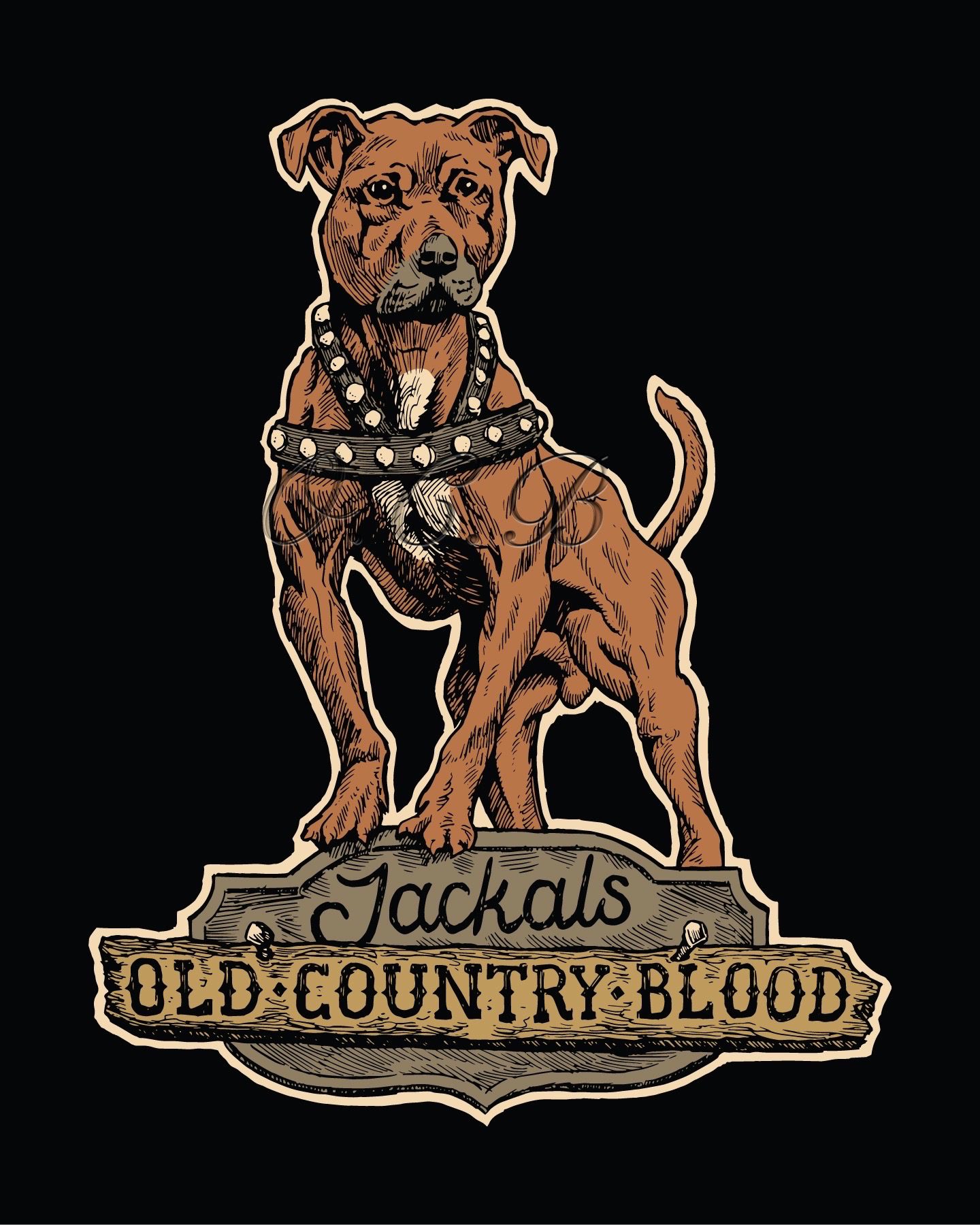The lurcher is a type of dog originating in Ireland and parts of Great Britain. Brian Plummer identifies the Norfolk Lurcher as the predecessor of the modern lurcher. While not a pure breed, it is generally a cross between a sighthound and any other non-sighthound breed, usually a pastoral dog or terrier, dependent on the attributes desired by the breeder; originally stealth and cunning. Collie crosses are popular, given the working instinct of a sheepdog when mated with a sighthound gives a dog of great intelligence speed, a prerequisites for the hunter/poacher.
Lurchers, given their breeding to purpose, can be various sizes, as small as a Bedlington Terrier or as large as a Deerhound, but most, as a result of their keeper’s requirements and thus breeding, are of a size similar to that of the Greyhound.
The coat type too will again be variable dependent upon the crosses involved . As one would expect, types range from short and smooth like that of the greyhound, to slightly longer and thicker like that of the collie, to the extreme rough and broken – like that of a Border Terrier, for example.
Temperament is also variable, again dependent on parental influence. As could be expected, lurchers with dominant sighthound attributes have similar temperaments – often fairly lazy with a good eye – however, accordingly, others are influenced by their other, often more tractable, biddable, and slower parent. As with all dogs, temperament will be modified by socialising the puppy.
Many meanings of the word ‘lurcher’ have been suggested: like “cur” meaning a mixed dog breed, or from ‘Middle English, from lorchen, to lurk, perhaps from lurken. A lurcher need not contain any greyhound, for instance a Saluki x collie, or a whippet x terrier are lurchers. They need not be first crosses either.
It is fabled that in the 14th and 15th century the English and Scottish governments banned commoners from owning sight-hounds, like Irish Wolfhounds, Scottish Deerhounds, and Greyhounds, though no documentation from the time can be found to verify this. It is thought that lurchers may have been bred to avoid legal complications during this time. Generally, the aim of the cross is to produce a sighthound with more intelligence, a canny animal suitable for hunting rabbits, foxes and game birds. Over time, hunters discovered breeding of certain breeds with sight-hounds produced a dog better suited to this purpose, given the lurcher’s combination of speed and intelligence.
The modern lurcher is growing from its old image to heights of popularity as an exceptional family dog, and many groups have been founded to rehome lurchers as family pets.
The lurcher has as many varied uses as types can be crossbred, but generally they are used as hunting dogs that can chase and kill their prey. Most lurchers today are used for general pest control, typically rabbits, and foxes. Lurchers can be used for hare coursing, although most hare coursing dogs are greyhounds. Sighthound heavy lurchers move most effectively over open ground, although different crosses suit different terrains, indeed many crosses are specifically engineered for the purpose of working cover.
Sighthound heavy lurchers excel at sports like lure coursing and dog racing which are very popular in areas with little available hunting, or for people who dislike hunting. In the USA lurchers are eligible to compete in lure coursing events sanctioned by the National Lure Coursing Club.
Lurchers have also proven to be very good at dog sports such as obedience and agility and show ring, where they are becoming increasingly popular due to their speed and willingness to please. Again it must be stressed that this will entirely be dependent upon cross.
Because lurchers are not purebreds they are not recognised by any of the major kennel clubs However, the North American Lurcher and Longdog Association was recently created to serve as a registering body for lurchers and longdogs in the United States and Canada.
This article was written by Mrs Margaret McStay.


Hi Guys,
Just wanted to touch bases. Really love all your info. I have my own Dog page growing quicker than I thought, it’s based on guardian and working breeds. There history and all the health issues of today. I did post a pick off yours once. I didn’t relate to you.
So wondering if I can post some of your info? if a mention you as well and promote your page. Either way is fine. Just wanted to do the right thing.
Thanks heaps
Fred – GK -Guardian Kennels – Page is – The history of Guardian and working breeds.
Hi, yes of course. thank you for asking
For anyone new to the lurcher this article is a cracking introduction.
Regards
Gary Hosker
We’ve got a 5 mth old wheaten/ Greyhound,
Staffy/ whippet bitch named Purdy.
She, as all lurchers , is a beautiful, canny dog.
Wish we could have more….
Lurcher – to leave suddenly, or leave it’s owner in the lurch – err, where’s my bloody dog gone.
obrigada pelos esclarecimentos. Que história linda . Aqui no Brasil chamamos de Caramelo estou correta? Recentemente minha Caramelo c meu Border Collie escocês cruzaram e nasceram filhotes incríveis!! Uns peludos outros de pêlo curto amarelo como a mãe. Ambos são dóceis e ágeis. um do campo e a mãe da cidade. ❤️🩹
What happened to the North American Lurcher & LongDog Association? Did it fail? I can only find a couple of references to its existence and no contact info.